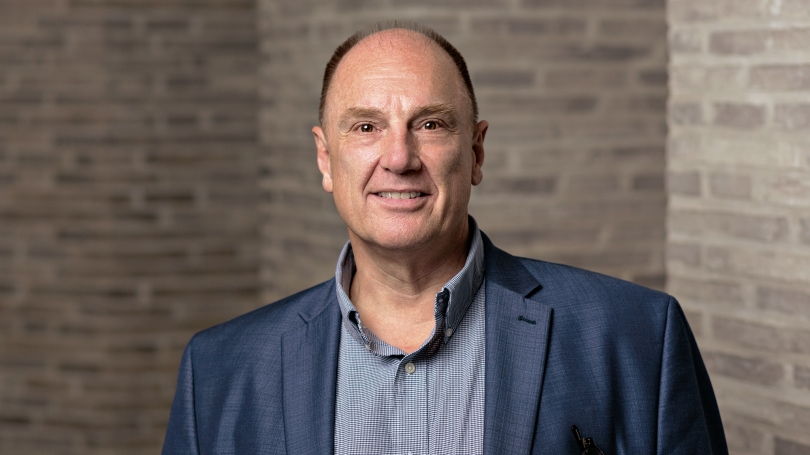MISSION. VISION. PLAN.
JOHN R. STOMBERG, Virginia Rice Kelsey 1961s Director
Hood Quarterly, spring 2022
Mission statements evolve. While they may seem timeless when written, we recognize, in retrospect, that these endeavors are timebound—not just the Hood Museum's but plans across the field. The mission of art museums was long described as "conserving and exhibiting collections." This started to change in the 1970s. Over the next fifty years, "community" figured ever more prominently, vying for precious space in the notoriously compressed language of mission statements. If we look back at this progression, we can see first the increased attention to "education," soon followed by "outreach" and then "engagement." Following the turn of the most recent century, we find attention to "innovative thinking" and "creativity" entering the mix, with art museums contributing not just to the education of their visitors but to their critical thinking. Most recently, we in the field are grappling with the call to be "change agents" contributing in meaningful ways to making the world a better place and adopting mutual learning models.
This evolution is a healthy process. Museums have had to recognize the changing social environment in which they operate. They have had to acknowledge and embrace the communities in which they are embedded as well as the times in which they are operating. Art museum staff function within this milieu, not outside of it, and this has represented an essential metaphysical shift in our profession. We need to recognize that while art is enduring, our relationship to it changes and depends greatly upon the time and place of our encounters with it. Our present is unlike any other. This necessarily calls for new thinking, a new vision.
The Hood Museum has a strong history of returning to its mission and vision statements twice each decade to evaluate and update as needed. The constant for us has always been our student-facing focus, but around that core activity we perpetually need to assess and adjust. A major outcome of this process each time is an updated strategic plan. The Hood has just migrated from the five-year plan covering 2017 through 2021 to the revised version for 2022 through 2026. For the staff, this is an important moment. Our new strategic plan provides a public declaration of our shared values and goals. It offers a litmus test for our activities— that is, we can look to our plan to see how certain activities fit and if they deserve resource allocation.
We view our budget as a moral document.
And so, it follows that our decisions about where we allocate staff time or institutional funds should be read as ethical statements. The art we buy, the exhibitions we organize or host, the programs we sponsor, and the collaborations in which we participate all must occur within the context of the plan and the mission— and, by extension, with the values from which these are derived, the vision.
